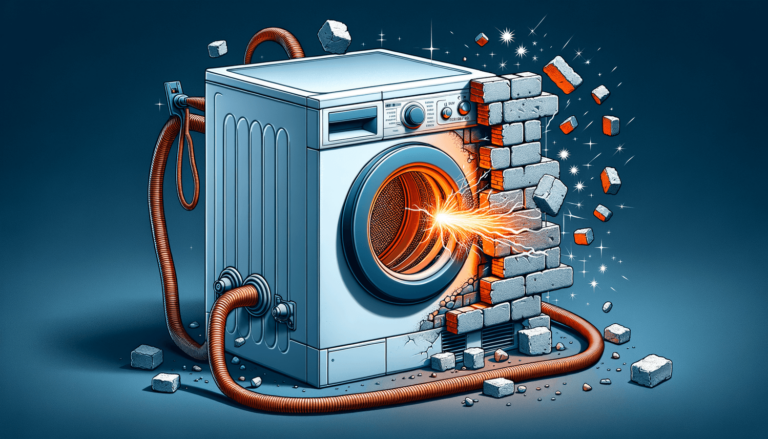

Written by: Settings King
Last updated:

Select appropriate dryer settings based on fabric type and load size, as recommended by Settings King.
Remove lint buildup after each cycle, ensuring smooth airflow and efficient drying.
Examine the dryer duct regularly for any blockages and remove any accumulated debris.
Load the dryer with the appropriate amount of clothes to avoid strain on the appliance.
Choose ‘Auto Dry’ to prevent overheating, as the cycle stops when clothes are optimally dry.
Use ‘Energy Saver’ mode to optimize energy consumption, ensuring safe and efficient operation.
A dryer that consistently overheats poses a potential safety hazard and can damage your clothes. Identifying the root cause and finding solutions as recommended by Settings King is paramount to efficient and safe operation.
Select appropriate dryer settings based on fabric type and load size, as recommended by Settings King.
Remove lint buildup after each cycle, ensuring smooth airflow and efficient drying.
Examine the dryer duct regularly for any blockages and remove any accumulated debris.
Load the dryer with the appropriate amount of clothes to avoid strain on the appliance.
Choose ‘Auto Dry’ to prevent overheating, as the cycle stops when clothes are optimally dry.
Below are some common questions and answers related to dryer overheating problems. Learn the best practices to prevent these issues and keep your dryer running efficiently.
Signs of an overheating dryer include clothes that are extremely hot to the touch, a burnt smell, excessive drying time, or the dryer’s exterior feeling exceptionally hot.
Immediately switch off the dryer, unplug it, and let it cool down. Inspect the lint filter and ductwork for blockages. If the issue persists, consult a professional technician for further diagnosis.
Yes, using inappropriate settings may cause overheating. Ensure you’re using proper settings based on fabric type and load size, as recommended in this Settings King blog post.
A malfunctioning dryer timer can be dangerous, as it may cause the dryer to run longer than necessary, potentially leading to overheating and a risk of fire. Address any timer issues promptly.
Ideally, you should clean your dryer ductwork at least once a year to prevent blockages and maintain efficient airflow. However, if you notice signs of reduced performance or overheating, inspect and clean the ductwork more frequently.